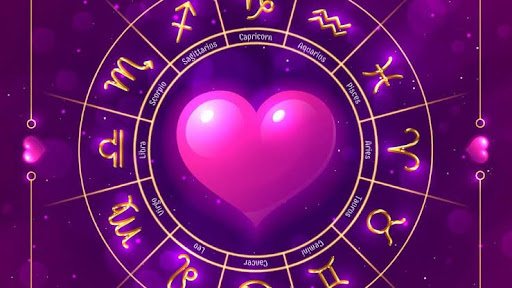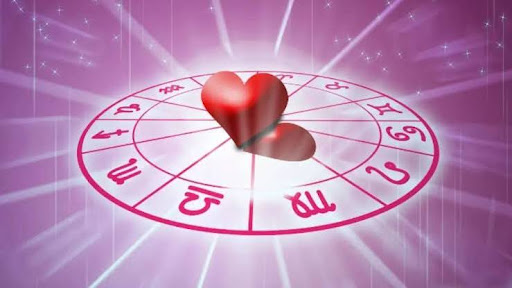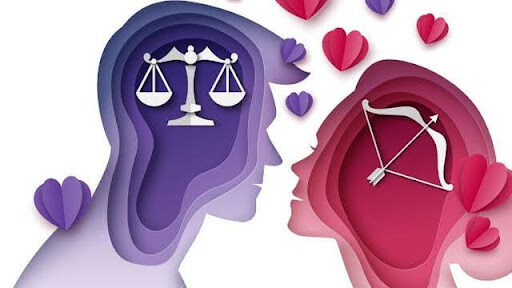Introduction
Astrology has long fascinated people seeking to understand interpersonal dynamics and compatibility. By examining astrological signs, individuals can gain insights into how different personalities might interact. Here’s a guide to understanding compatibility through astrological signs and how it can help you navigate relationships.

1. Know the Basics of Zodiac Signs
The zodiac is divided into twelve signs, each associated with specific traits and qualities. Here’s a brief overview of each sign:
- Aries (March 21-April 19): adventurous and assertive.
- Taurus (April 20 – May 20): reliable, practical, and sensual.
- Gemini (May 21 – June 20): curious, adaptable, and communicative.
- Cancer (June 21 – July 22): emotional, nurturing, and intuitive.
- Leo (July 23 – August 22): confident, creative, and generous.
- Virgo (August 23 – September 22): Detail-orientated, analytical, and modest.
- Libra (September 23 – October 22): diplomatic, charming, and balanced.
- Scorpio (October 23 – November 21): intense, passionate, and determined.
- Sagittarius (November 22 – December 21): optimistic, adventurous, and independent.
- Capricorn (December 22 – January 19): ambitious, disciplined, and practical.
- Aquarius (January 20 – February 18): Innovative, humanitarian, and unconventional.
- Pisces (February 19 – March 20): compassionate, imaginative, and sensitive.
2. Examine Elemental Compatibility
Zodiac signs are categorised into four elements, which influence their compatibility:
- Fire Signs (Aries, Leo, Sagittarius): Passionate and energetic, fire signs often get along well with each other and with air signs. They can struggle with more reserved or emotional signs like water and earth.
- Earth Signs (Taurus, Virgo, Capricorn): Grounded and practical, earth signs generally mesh well with each other and with water signs. They may find fire signs too impulsive or chaotic.
- Air Signs (Gemini, Libra, Aquarius): Intellectual and social, air signs usually connect well with each other and with fire signs. They may find earth signs too focused on practical matters or water signs too emotional.
- Water Signs (Cancer, Scorpio, Pisces): Emotional and intuitive, water signs often have strong connections with each other and with earth signs. They might find fire signs too fiery or air signs too detached.

3. Consider Modalities
The zodiac signs are also classified into three modalities, which reflect how they approach life:
- Cardinal Signs (Aries, Cancer, Libra, Capricorn): These signs are initiators and leaders. They often drive new projects and bring energy to relationships, though they might clash with other cardinal signs over leadership and control.
- Fixed Signs (Taurus, Leo, Scorpio, Aquarius): Known for their stability and determination, fixed signs can be highly reliable and supportive. However, their resistance to change may cause friction with more adaptable signs.
- Mutable Signs (Gemini, Virgo, Sagittarius, Pisces): Adaptable and flexible, mutable signs are great at going with the flow and handling change. They can balance well with cardinal and fixed signs but may struggle with their own inconsistency.
4. Explore Individual Sign Compatibility
Here’s a brief look at how specific signs might interact:
- Aries and Libra: Aries’ boldness pairs well with Libra’s diplomacy, creating a dynamic but balanced relationship.
- Taurus and Scorpio: Both are intense and committed, though they may need to navigate their differing approaches to stability and passion.
- Gemini and Sagittarius: Both are adventurous and intellectual, making them a lively and engaging pair.
- Cancer and Capricorn: Cancer’s nurturing nature complements Capricorn’s stability, offering a supportive and structured relationship.
- Leo and Aquarius: Leo’s creativity and Aquarius’ innovation can spark a vibrant and stimulating partnership.
- Virgo and Pisces: Virgo’s practicality balances well with Pisces’ emotional depth, leading to a supportive and understanding relationship.
5. Assess synastry and composite charts
For a deeper understanding of compatibility, astrologers use synastry (comparison of two birth charts) and composite charts (a combined chart representing the relationship). These charts reveal how individual energies interact and highlight areas of harmony and challenge.
6. Keep in Mind the Whole Picture
While sun signs offer valuable insights, they are just one aspect of astrological compatibility. Other factors, such as moon signs, rising signs, and overall birth charts, also play a significant role in understanding relationship dynamics.

7. Balance Astrology with Practicality
Astrology provides a fascinating perspective on compatibility, but it should be balanced with practical considerations. Communication, shared values, and mutual respect are crucial components of a successful relationship.

Conclusion
Astrology offers intriguing insights into compatibility by examining zodiac signs, elements, modalities, and personal traits. By understanding these aspects, you can gain a deeper appreciation of your relationship dynamics. However, it’s essential to complement astrological insights with practical efforts and open communication to build a strong and harmonious partnership.

